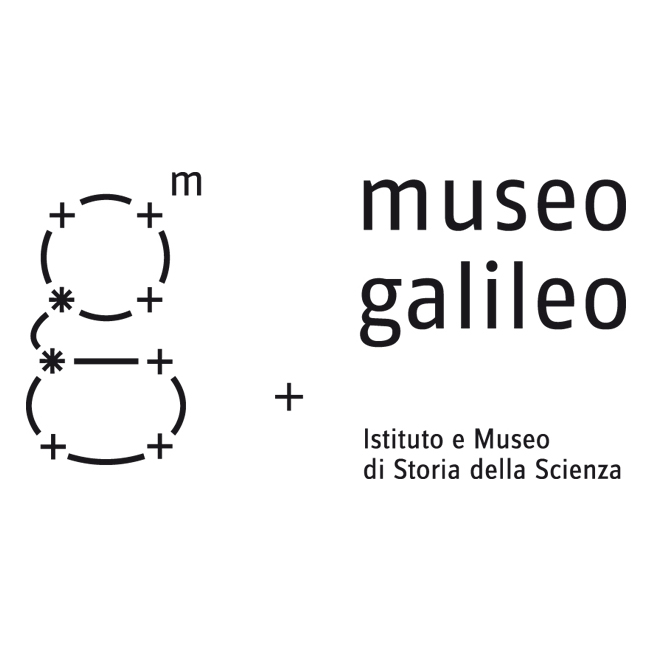Museo Galileo, Florence
Concept and realisation:
Andrea Bernardoni, Exhibition Curator, Museo Galileo
Marco Berni, European Projects Coordinator, Museo Galileo
Marketing:
Antonella Fresa, Promoter SRL
Europeana Foundation
Douglas McCarthy, Exhibition Editor
Małgorzata Szynkielewska, Exhibition Producer
The exhibition was published in October 2016.
Further reading
A. Bernardoni, A Horse for the King: Probable French Successes of Leonardo’s Casting Techniques in Leonardo da Vinci & France, ed. by C. Pedretti, Poggio a Caiano, CB Edizioni, 2010, pp. 75-82.
A. Bernardoni, Leonardo e il monumento equestre a Francesco Sforza, Florence, Giunti, 2007.
A. Bernardoni, Esplosioni, fusioni e trasmutazioni: il monumento a Francesco Sforza e le arti chimiche in Leonardo: disegni di Leonardo dal Codice Atlantico, Novara: De Agostini, 2013
B. Boni, I progetti di Leonardo da Vinci per il getto della statua equestre di Francesco Sforza, in «Notiziario Vinciano», 1978, n. 3, pp. 19-47.
M. V. Brugnoli, Documenti, notizie e ipotesi sulla scultura di Leonardo, in Leonardo, saggi e ricerche, Rome, Istituto poligrafico dello Stato, 1954, pp. 359-389
M.V. Brugnoli, Il monumento Sforza e il cavallo colossale, in Leonardo a Milano, ed. by G. A. Dell’Acqua, Milan, Banca Popolare di Novara, 1982, pp. 89-112.
L. Courajod, Léonard de Vinci et la statue de Francesco Sforza, Paris, 1879.
L. Fusco, G. Corti, Lorenzo de’ Medici on the Sforza Monument, in “Achademia Leonardi Vinci Journal”, V, 1992, pp. 11-32.
L. Gioppo, P. Redemagni, Un cavallo per il Duca (A horse for the Duke), Milan, Anthelios, 1999.
M. Kemp, I Disegni di Leonardo per “il cavallo del Duca Francesco di bronzo”: il programma di ricerca, in M. Kemp, Lezioni dell’occhio, Leonardo da Vinci discepolo dell’esperienza, Milan, Vita e pensiero, 2004, pp. 321-340.
W. C. Kirwin, P. J. Rush, The Bubble Reputation: In the Cannon’s and the Horse’s Mouth (or The Tale of Three Horses), in Leonardo da Vinci’s Sforza Monument Horse: The Art and the Engineering, ed. By D. Cole Ahl, Bethlehem, Lehigh University Press, 1995, pp. 87-110.
Leonardo da Vinci, Codice di Madrid II, ed. by L. Reti, I Codici di Madrid, vol. V, Firenze, Giunti-Barbèra, 1974.
S. Meller, I progetti di Antonio Pollaiuolo per la statua equestre di Francesco Sforza, in “Hommage à Alexis Petrovics”, Budapest, 1934, pp. 5-6.
C. Pedretti, I cavalli di Leonardo: studi sul cavallo e altri animali di Leonardo da Vinci dalla Biblioteca Reale nel Castello di Windsor, Catalogo della mostra tenutasi a Firenze, Palazzo Vecchio, 19 maggio-30 settembre 1984, Firenze, Giunti Barbèra, 1984.
C. Pedretti, The Sforza Horse in Context, in Leonardo da Vinci’s Sforza Monument Horse: The Art and the Engineering, ed. by D. Cole Ahl, Bethlehem, Lehigh University Press, 1995, pp. 27-39.
R. F. Polich, Engineering and Casting an Eighty-Ton Horse to Stand on Two Legs in Leonardo da Vinci’s Sforza Monument Horse: The Art and the Engineering, ed.bydd D. Cole Ahl, Bethlehem, Lehigh University Press, pp. 136-141.
J. Spencer, Il progetto per il cavallo di bronzo per Francesco Sforza, in “Arte lombarda”, n. 38-39, 1973, pp. 23-35.
H. Tanaka, The process of the Nagoya city Sforza Reconstruction, in Leonardo da Vinci’s Sforza Monument Horse: The Art and the Engineering,ed. by D. Cole Ahl, Bethlehem, Lehigh University Press, pp. 129-135.
